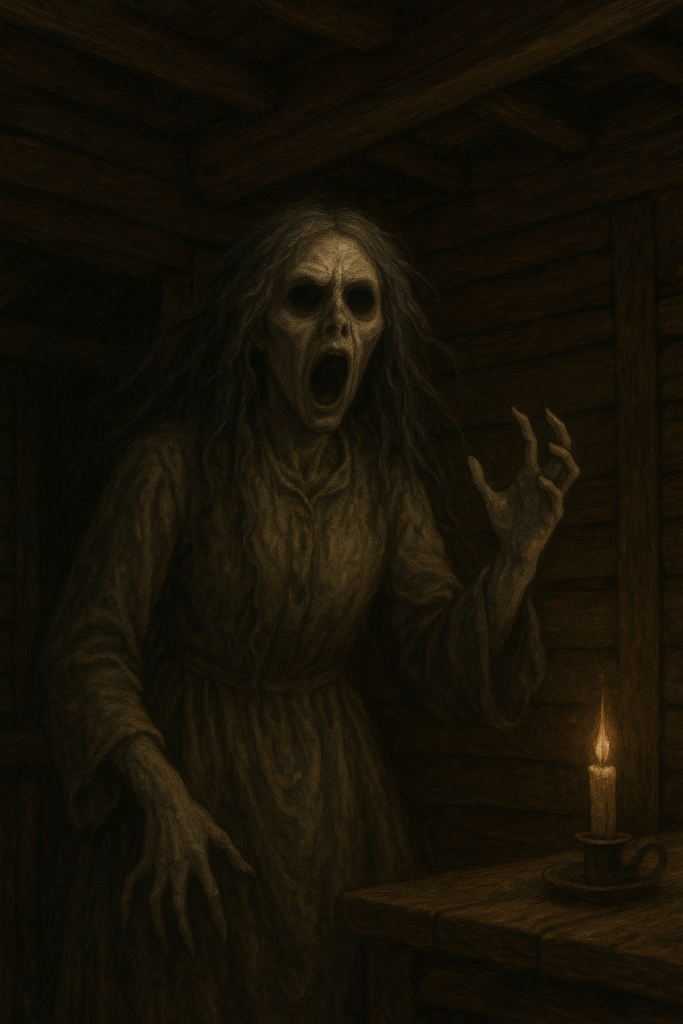ADAMS, Tenn. — For over 200 years, the legend of the Bell Witch has haunted Southern folklore as the story of a spirit that tormented a family and ultimately committed murder. But the historical basis for this foundational American ghost story is almost entirely dependent on a single book published more than 70 years after the events, leading many researchers to conclude the tale is a work of fiction.
The legend centers on the family of John Bell, a farmer in Robertson County, Tennessee, who from 1817 to 1821 were allegedly attacked by an invisible, talking entity. The spirit, which called itself “Kate,” was said to physically assault Bell’s daughter, Betsy, and reserve a special hatred for John Bell himself, whom it called “Old Jack”.
The haunting grew from strange animal apparitions and knocking sounds to intelligent conversations, with the entity reportedly quoting scripture and singing hymns. The story reached its climax in December 1820, when John Bell died. The entity took credit for his death, claiming it had forced him to drink from a mysterious vial of poison found at his bedside. The Bell Witch case is widely cited as the only one in U.S. history where a death has been officially attributed to supernatural means in folklore.
Despite the legend’s notoriety, which includes a supposed visit from a pre-presidency Andrew Jackson, there are virtually no significant contemporary accounts of the haunting. The entire narrative rests on the 1894 book An Authenticated History of the Bell Witch by newspaper editor Martin V. Ingram. Ingram claimed his book was based on a diary kept by John Bell’s son, but that diary has never been seen by any other researcher.
Skeptics largely dismiss the story as a “folkloric novel” created by Ingram to capitalize on a Victorian-era craze for “true” ghost stories. An older theory, from an 1856 newspaper article, suggests the haunting was a hoax orchestrated by Betsy Bell, a talented ventriloquist, to break off her unwanted engagement to a local man.
A more modern interpretation views the legend through a psychological lens, suggesting the “witch” was a manifestation of trauma, possibly from abuse, with the entity acting as a projection that punished both the victim (Betsy) and the abuser (John Bell).
Today, the Bell Witch Cave near the old Bell farmstead is a popular tourist attraction, keeping the legend alive. Whether paranormal fact or frontier fiction, the story remains a powerful piece of American folklore.


